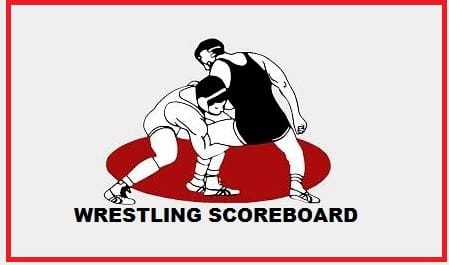DEADWOOD, S.D. – The Days of ’76 Rodeo is alive and well, at a century old.
This year, the award-winning rodeo, held in Deadwood July 24-30, turns 100 years old.
The event began in 1923 and spent its first couple years as a wild west show, transitioning to a rodeo in about 1926. When the Cowboys Turtle Association, forerunner to the PRCA, came into being in 1936, the Days of ’76 became an association rodeo shortly after.
In its early days, the rodeo included other events, like foot races and horse races: a ladies’ relay race, cowgirl race, cavalry race, roman race, and more. It had chariot races and chuckwagon races, calf-catching contests, calf shows and even mustache and whisker-growing contests. Women’s bronc riding was also part of the show.
The Native Americans have always had a presence at the Days of ’76, said Ron Burns, long-time Deadwood resident and committee member. For years, they set up teepees on the hill and are still part of the parade, as is an old prospector, as a remembrance of Deadwood’s mining history.
The rodeo has attracted some of the biggest names in the business, said Jon Mattson, a 38-year committee member who is the rodeo’s unofficial historian. People like Casey Tibbs, Bill Linderman, Jim Shoulders, and, more recently, stars like Jerome Robinson, Donnie Gay, Fred Whitfield, Ty Murry and the Etbauer brothers have competed at Deadwood. Big-name acts performed there: Montie Montana, Jerry Olson and his son Jerry Wayne Olson; Wick Peth; Bennie Bender, Quail Dobbs, Leon and Vicki Adams, and, in more recent years, talent like Justin Rumford and Keith Isley. The rodeo even had a presidential visit: in 1927, President Calvin Coolidge visited the Days of ’76 while he and his family spent the summer at Custer State Park.
The historic wooden grandstands were built in the 1930s by Finlanders by the last name of Juso, Mattson said, with funds provided by Civilian Conservation Corps during Depression days. The rodeo hasn’t changed locales; it’s still held in lower Deadwood, although the buildings have grown and changed with the times.
The rodeo, like any other business, has had its ups and downs throughout ten decades. Burns remembers that in the 1980s, committee members signed personal loans to put on the event, “because we were financially strapped,” he said. “Now we’re doing quite well and expanding.”
It was started by Deadwood businessmen as an event for tourists and locals. Its audience hasn’t changed much, Mattson said, although it has grown. “I would say there are more tourists now,” he said.
And it’s a lot bigger rodeo than it used to be, he said. Purse money used to be $1,000 an event; now the purse is $10,000 per event. Deadwood is included in the PRCA’s large outdoor rodeo category. It is the only rodeo in the history of the PRCA to have won the PRCA’s Rodeo of the Year in all three size categories: Small, Medium and Large Outdoor Rodeo of the Year!
The event has grown and changed throughout its 100 years, but at its core still celebrates the western heritage and tradition of the area, Mattson said.
And its history is rich. “We go back a long ways,” he said.
In 2011, Days of ’76 was inducted into the PRCA’s Pro Rodeo Hall of Fame.
The 100th anniversary of Days of ’76 takes place July 24-30. Performances are July 27-30, with showtimes at 7 pm and a matinee on July 30 at 1:30 pm. Slack, the extra competition that doesn’t fit into the performances, runs July 24-27.











